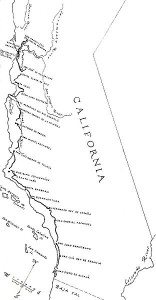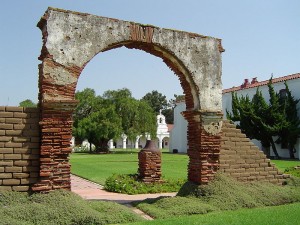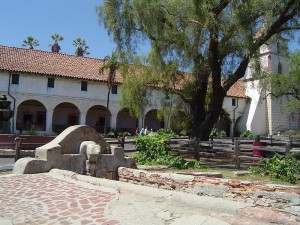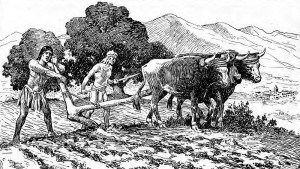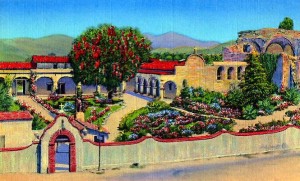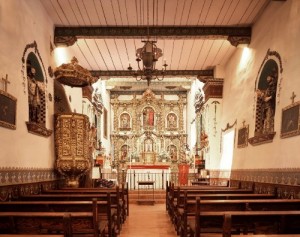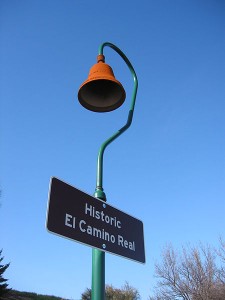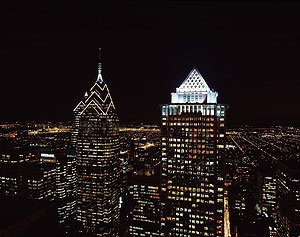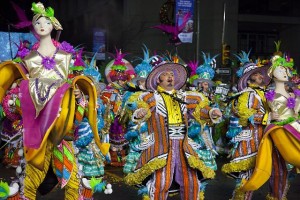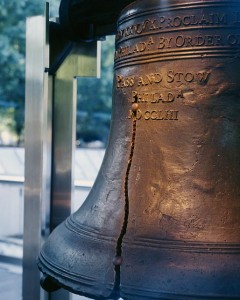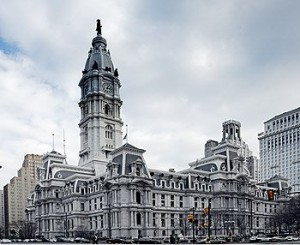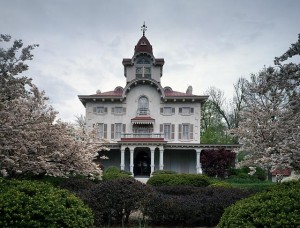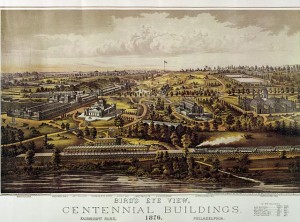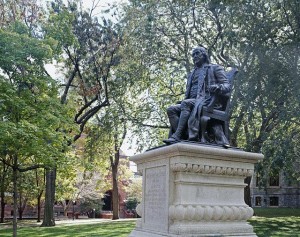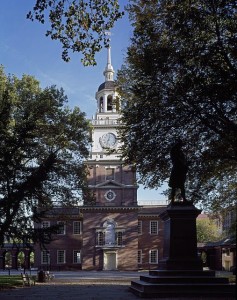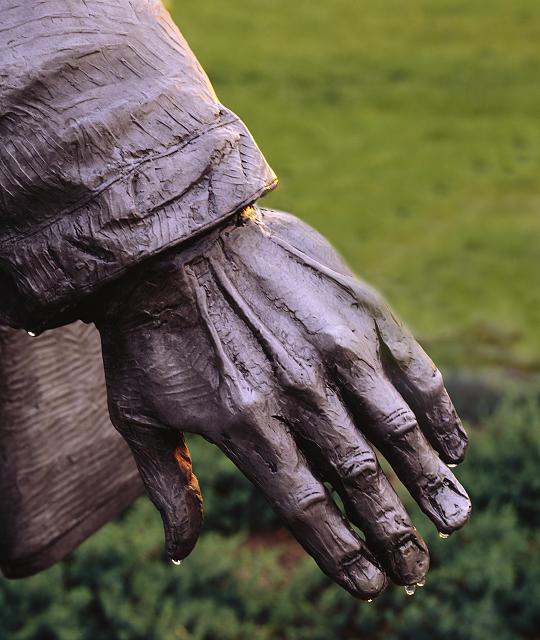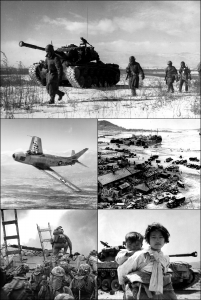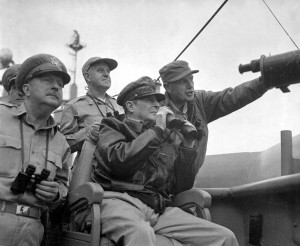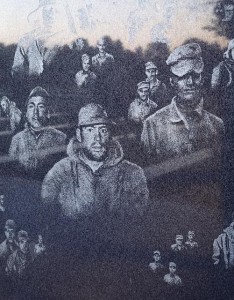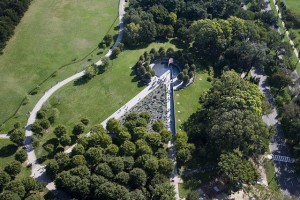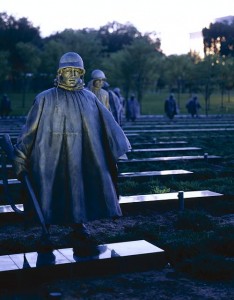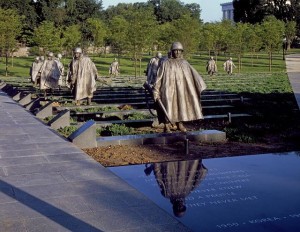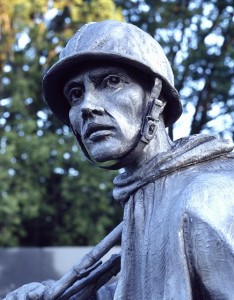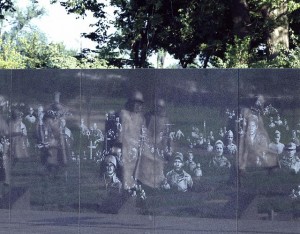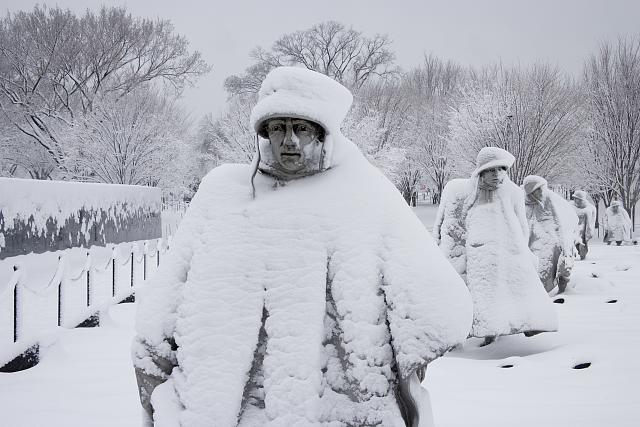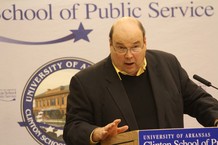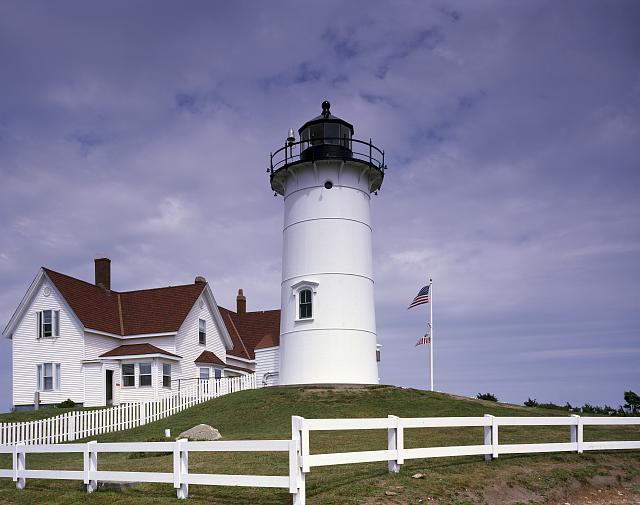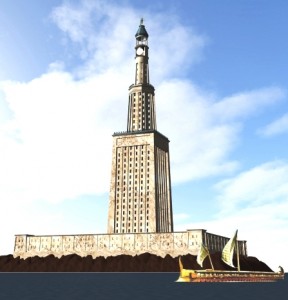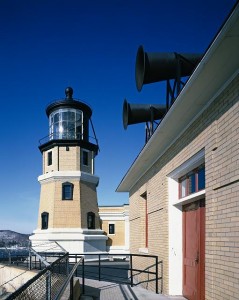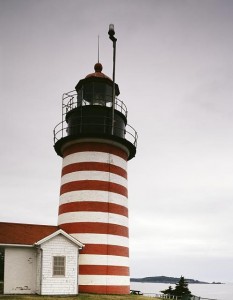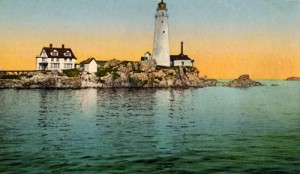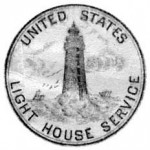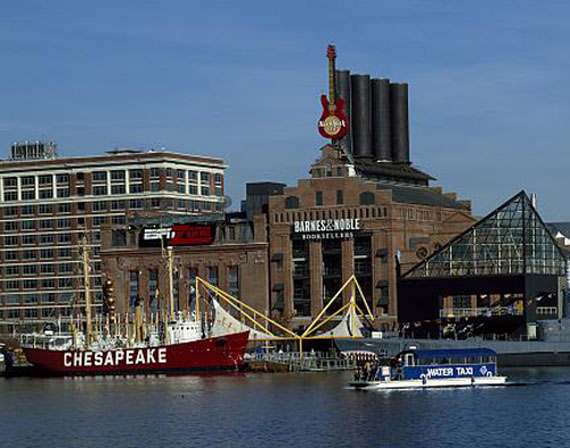
Lord of all it surveys. (Carol M. Highsmith)
The real-estate consortium that is organizing a public stock offering for the world-famous Empire State Building might consider this pitch line, slightly modified from the old slogan that worked splendidly for Avis Rent-a-Car:
We’re No. 2! — Again
No. 2 in height in New York City, that is, ever since workers at One World Trade Center crafted a steel skeleton that took it past 381 meters (1,250 feet) into the sky on the last day of April. That single tower replaces the trade center’s Twin Towers that fell in the terrorist attacks on September 11, 2001.
And its steel beams in the sky put One World Trade Center a tad higher than the tippy-top of the Empire State Building, which had resumed its standing as New York’s Tallest when the Twin Towers collapsed.
One World Trade won’t be stopping there. Cranes will eventually raise it to a symbolic 1,776 feet (541 meters), allowing it to reclaim the title as tallest building in all of America. The symbolism derives from the year 1776, when the United States declared its independence.
But this is about the old, not the new, champion: the 81-year-old dowager high-rise. On the affection meter, not just in New York but also nationwide, the Empire State Building ranks No. 1 by far.
Five years ago, the American Institute of Architects marked its 150th anniversary. To celebrate, it invited Americans to choose their favorite building anywhere in the land — a steel tower, a beloved monument or memorial, a spectacular bridge, perhaps an iconic mansion.
The AIA announced the results on a Web site that showcased the top 150 structures in order of the esteem in which they are held. I know about this because Carol photographed each one of them for the site.
The White House finished second. The dramatic National Cathedral, also in Washington, placed third. San Francisco’s photogenic Golden Gate Bridge came in fifth.
You can guess the winner:
From coast to coast and beyond, Americans picked the Empire State Building as their favorite structure in what architects call our “built environment.”
For once it wasn’t just New Yorkers — the ones who see nothing amiss in artist Saul Steinberg’s cover of the March 29, 1976 New Yorker magazine — who were bragging about their big building. Steinberg’s cartoon is a map, of sorts — it shows New York City stretching four-fifths of the way across the country, with the Hudson River flowing roughly where the Rocky Mountains stand and only a bunch of buttes and a dot or two, marked “Nebraska” and such, from there to the Pacific Ocean.
Turns out, even people in Nebraska have a soft spot for the octogenarian New York skyscraper.
I was one of millions of American schoolchildren who’ve taken excursions or gone with family to New York City from the boonies. Ohio, in my case.

I seem to remember this lovely painted-glass depiction of the Empire State tower in the lobby. (Carol M. Highsmith)
I’ve forgotten most details of the adventure except those involving the Empire State Building: gaping, slack-jawed in amazement, out the bus window from New Jersey at its domineering silhouette across the Hudson; standing beneath it; craning upward in wonder; riding what seemed like rocket-launched elevators to reach the observation deck nearly half a kilometer above Fifth Avenue.
And, of course, standing on top of the world, surveying what looked like Forever before me and “ants” far below. Yellow Cab ants. Bus ants. Tinier people ants.
For my VOA colleague Adam Phillips — a New Yorker who’s pleased to be working out of our New York Bureau — affection lingers for the brawny skyscraper.
He and his chums would ride up to the lookout platform, inside which he dimly recalls a packed “200-foot lunch counter” — fond memories play tricks; 200 feet, or 70 meters, would be twice the length of a football field. That would stick out the window and well beyond, I think. Now that WOULD be some hamburger and Coke experience!
Ever the curious sort, Adam remembers peeking under the counter and beholding a “rainbow of colors” from the chewing gum that customers had stuck there.

This rouge compact was one of the early souvenirs sold to tourists at the building. (ljcybergal, Flickr Creative Commons)
He says he tossed a hat off the deck and soon lost sight of it as it looped to earth somewhere below. With little regard for the consequences, he and his buddies may have sailed pennies into the wind — he ain’t sayin’, as New Yorkers would put it — wondering if it were true that they would land with such ferocity that they’d dig three meters into the earth.
I don’t recall ever seeing such ruts or the bodies of impaled passersby, so the danger of pennies from heaven was probably overrated.
“For New Yorkers, the Empire State Building has always had dramatic, masculine virtue,” Adam tells me. “A swagger — quite the opposite of the delicate, crystal-champagne look of the Chrysler Building” a few blocks away.
Even more eloquently, Adam wrote for VOA about the Empire State Building on its 75th anniversary in 2006:
Human societies have always built great monuments to celebrate their values. The Egyptians had their pyramids. Medieval Europeans had their great cathedrals. For 20th century Americans, it was the skyscraper that best embodied the power and progress that defined their era.
If it could talk, the Empire State Building would doubtlessly note that the Chrysler spire, its fierce old rival uptown, finished ninth on the AIA list of Americans’ favorite structures. The previous skyscratching champion — the century-old Manhattan tower called the Woolworth Building — placed a paltry 44th. Two other lofty New York landmarks placed even farther down the list. Rockefeller Center was 56th; the well-known United Nations Building a distant 111th.
Even Chicago’s Sears Tower, now called Willis Tower — the nation’s tallest structure when the AIA survey was conducted — finished only 42nd in Americans’ regard.
Lumping these behemoths together brings to mind the frantic race for supremacy in the sky when they were created. In 1913, F.W. Woolworth took some of the sizeable profits from his nationwide five-and-dime store chain and built the 241-meter (792-foot) Woolworth Building, which stood as the world’s tallest tower for more than a decade.

By 1932, a year after the Empire State Building rose, many skyscrapers, including the Chrysler ahead, had sprouted. (Library of Congress)
Then, thanks to engineering breakthroughs and a robust economy in the 1920s, two skyscrapers shot past Woolworth. The race into the sky was on, thanks to Chicago architect William Jenney, who proved that a steel skeleton could support a really tall building. Previously, masonry walls had to be thick and stout to bear the weight of several floors above them. Seven or eight stories was about the max.
First, a Bank of Manhattan building at 40 Wall Street beat Woolworth. Then William Van Alen, the architect of auto industry pioneer Walter Chrysler’s sleek new building uptown, pulled a sneaky trick that enabled it to reach a jaw-dropping 320 meters (1,050 feet):
Just as 40 Wall Street was prepping for its “World’s Tallest Building Raises the Stars & Stripes to the New York Heaven” ribbon-cutting ceremony, Van Alen’s crews at the Chrysler site were secretly building an altitude-busting spire — inside the structure itself as it rose.
Then they lifted and mounted the 27-ton steel tip without saying a word to the press. Four days after 40 Wall Street threw its celebratory bash, Walter Chrysler calmly pointed out that his creation had bested the bank building by 30 meters.
The gloating did not last, though, for another automobile mogul, former General Motors executive John J. Raskob, outdid him in a, well, New York minute. On the site of the renowned but fading Waldorf-Astoria Hotel — which he promptly razed while the hotel reopened elsewhere — Raskob and his investors thrust the Empire State Building into the sky at a rate of two floors a week. Read the rest of this entry »




